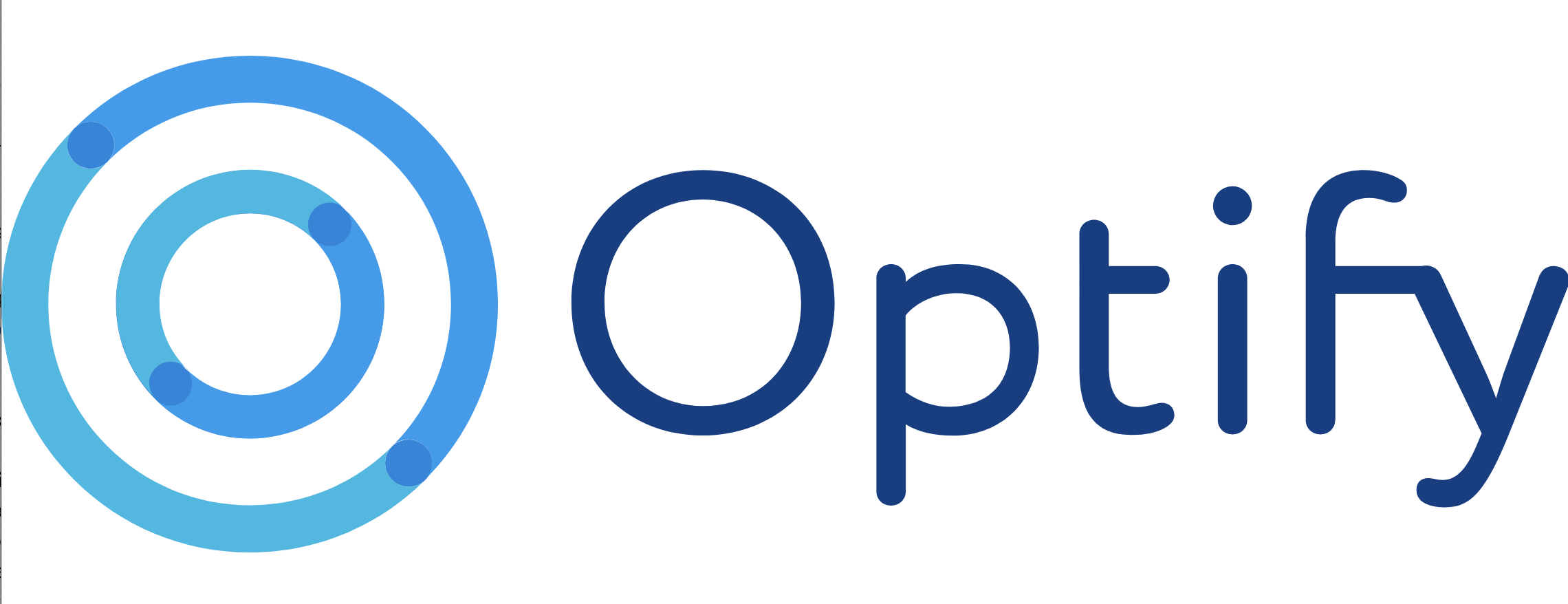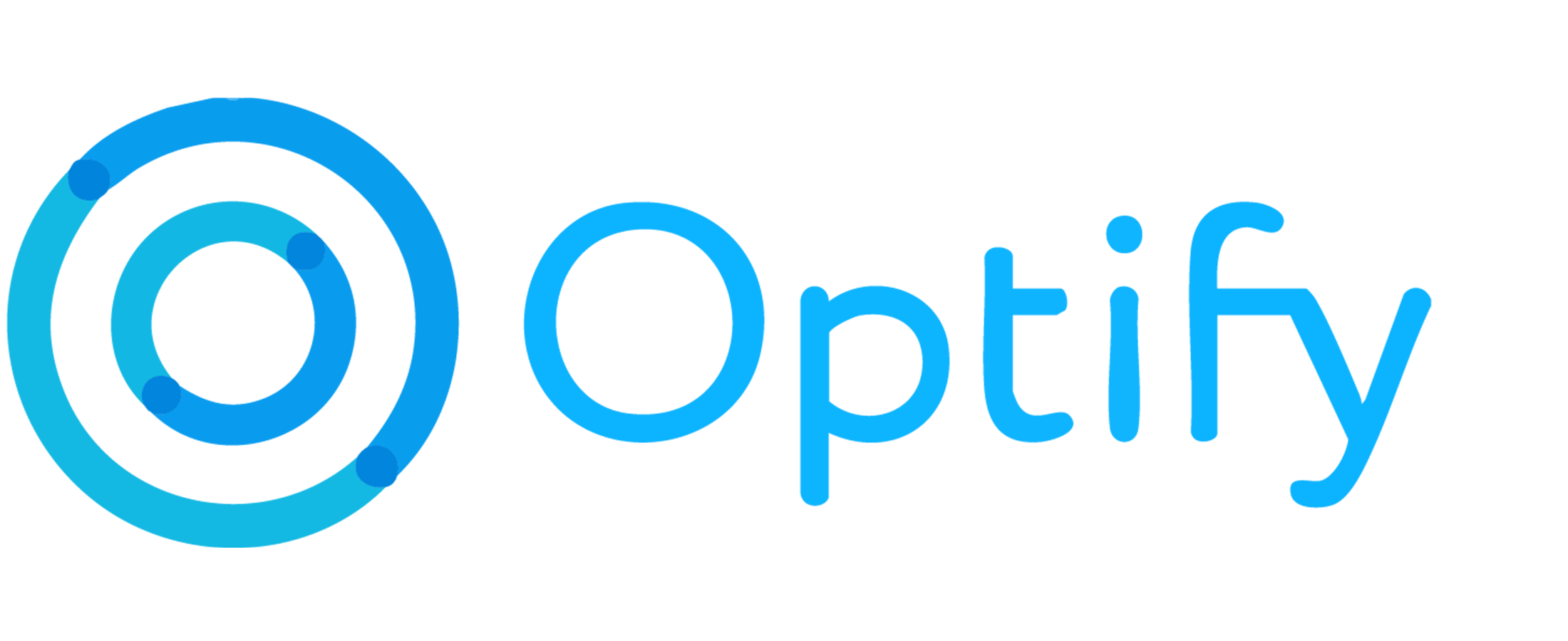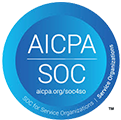For decades, organizations have invested in executive coaches for their most senior leaders to build capacity and provide strategic leadership from the top down. Executives consider these engagements vital to their growth and often credit their coaches with helping them to discover new ways of seeing, being, and approaching their business. Bill Gates famously said, “Everyone needs a coach…We all need people who will give us feedback. That’s how we improve.”
Having witnessed the value of one-on-one coaching, many organizations now provide leadership coaching to executives-in-waiting and other select high performers at the top of the organization. Leadership development for successors a few steps removed from the top, however, remains spotty.
These young, predominantly millennial leaders – who make up nearly 50% of the American workforce – typically receive one-size-fits-all event-based learning. These workshops and training classes offer tools and skills but fall short of helping leaders apply their learning in the flow of work. Indeed, the 30% of millennials who are positioned in mid-level management roles for the first time in their lives report that they learn to lead predominantly through trial and error, which can be frustrating and confidence-busting.
Moving from being an “individual contributor” to a “people leader” is one of the most intimidating transitions a person makes in their career. New managers simply cannot rely solely on their technical skills to accomplish the volume of work required of a team. Instead, they must achieve results that matter through and with others. In order to shift from doing to inspiring others to do, young managers must deepen their self-awareness, build interpersonal skills, and cultivate emotional intelligence.
A 2016 Gallup poll found that only 18% of managers have the skills required to be talented in leading others, meaning that 82% of leaders lack the skills to succeed. As a result, up to 50% of leaders inevitably derail in their roles before the middle of their management career, which can have a detrimental impact on an organization’s bottom line. A Center For Creative Leadership (CCL) study found that the primary causes of mid-level leader derailment are:
1. Poor communication
2. Lack of adaptability to change
3. Low levels of confidence in decision-making
However, Gallup found that when companies improve their mid-level managerial talent, they can double the rate of engaged employees and increase their earnings by 150%. Leadership coaching gives mid-level managers the personalized support they need to build the management skills they need to lead a team and to integrate and apply those skills day-to-day.
Coaching Defined
Coaching, traditionally defined as teaching or training an athlete or performer, conjures visions of the tough task-master or the sideline director and champion. A coach imparts their technical expertise and philosophy to the “student”, whose talent is thereby shaped. Leadership coaching, though similar in many ways, views clients as the master of their own change and growth. To be sure, leadership coaches bring deep knowledge about the domain of leadership to the relationship and they are champions for their clients. They act not as teachers, however, but as partners, guides, and facilitators. Leadership coaching supports and challenges clients to unlock their ability to skillfully engage their team and produce results that matter for the organization.
Leadership coaching is grounded in the study of transformational leadership, in which leaders cultivate their ability to inspire, motivate, intellectually stimulate, and express individual concern for their teams so teams can innovate and bring change that will support the company’s success. While each leader’s goals and their coaching experience are unique, leaders uniformly report that coaching improves their self-awareness, expands their perspective, reduces reactivity, and results in improved communication, resilience, confidence, and performance.
Coaches encourage a reflective process wherein they ask questions, dig deeper and offer observations to help a leader identify their own answers to complex leadership questions. Coaches serve as a sounding board – listening intently, challenging thinking, asking tough questions, and sharing new perspectives on the challenges leaders face. A primary goal of coaching is to turn the leader’s job into a laboratory for learning by drawing out leadership lessons from daily actions and events.
Organizations bring coaching to their leaders in multiple ways. Many companies contract with external coaches or coaching companies to work with their leaders. In this case, the HR or Learning and Development function draws on research to vet outside coaching experts who fit their needs and vision. Engaging coaches as independent contractors allows targeted investment and ensures coach impartiality, which can improve buy-in from the leaders being coached. Some companies bring coaching in-house by hiring coaches to staff an internal coaching function within HR or L&D. This approach signals to employees that the company is committed to leadership development and professional growth. However, it can, in some instances, raise questions about confidentiality from employees who worry about being ‘coached’ by a company employee. Still, other companies apply a hybrid approach, hiring a few internal coaches and bringing in a coaching company to expand coaching capacity when needed.
Finally, some organizations cultivate a “leader as coach” environment by bringing in coaches to help managers learn and practice basic coaching skills to improve how they interact with their teams. This approach embeds coaching in the fabric of the management process and builds leadership across the organization in a sustainable way. Research from a 2011 Bersin & Associates study shows that “organizations effective at teaching managers to coach deliver higher levels of employee productivity, employee engagement, and financial performance.”
No matter the approach, it is clear that coaching is now recognized as a valuable leadership development intervention that yields results. It is also clear that companies are looking for ways to bring coaching to more and more leaders at once in order to expand organizational capacity and bottom-line success. Scaled coaching programs help them do just that.
Bringing Coaching to the Middle of the Company
Coaching programs that develop dozens or hundreds of leaders at a time at levels below the C-suite can raise the collective capability of an organization to adapt to – and thrive in – today’s complex business environment. When those programs are aligned with the company’s business goals, the impact expands even more.
Coaching in the middle of the organization requires scale simply because there are more leaders in the middle than at the top. It also requires a program that builds both skills and self awareness. Different from the “thinking partner” approach of a CEO’s coach, mid-level leader coaching must help leaders to build skills and expand capacity, while also uncovering blind spots, shifting mindsets, and creating new habits and practices. This is a tall order!
Successful mid-level coaching programs support each leader to learn and integrate foundational leadership skills such as listening, critical thinking, perspective-taking, decision making, and communication. They also meet each leader where they are in their leadership development journey to help them build on their unique strengths and reduce their blind spots. Great coaching programs encourage leaders to learn and grow in the flow of work.
Optify’s Learning Life Cycle was designed specifically for scaling coaching to leaders from the middle to just under the C-suite of the organization. The model promotes coaching in the business context by taking into account the organization’s objectives and encouraging supervisor alignment with each leader’s goals. Throughout the journey, leaders work with their coach to:
1. Develop self-awareness through understanding what drives their behaviors;
2. Increase their knowledge and understanding of foundational leadership competencies and models;
3. Practice and experiment through coach-led role-plays and on-the-job activities; and,
4. Reflect and maintain accountability individually, to the team, and to the organization as a whole.
In addition to considering skills and business context and personalizing each leader’s journey, scaled coaching programs must also leverage technology to be deliverable across every size of company. McKinsey’s Capacity Building 2030 report predicts that, “In the future, the most successful organizations will develop the skills of their workforce by harnessing the power of technology, inextricably linking capability building with business value, and making talent development a CEO-level priority.” McKinsey concludes that talent development in the future will be ‘personalized and purposeful.’
Scaling Leadership Coaching for Organizational Impact
Scaling leadership coaching throughout the organization extends the impact of leadership effectiveness from the top half of the organization all the way to the front lines. As coached leaders embrace learning and personal improvement, their performance and commitment to the organization grow, as does their engagement. Investing in leaders also directly improves engagement beyond the leaders being coached. According to the Job Demands-Resources Model, when leaders are supported in their growth, they, in turn, provide support for their teams, resulting in higher engagement and productivity of the team and business unit. Ultimately, this improves recruitment, lowers turnover, and positively impacts an organization’s financial success.
Impact in action
In a 2018 study of leadership development practices on performance, Subramony et al found that leadership training that focused on coaching, mentoring, and assessing leaders positively influenced human and social capital within organizations, which in turn influenced sales growth.
In a 2007 study of coaching on Army recruiting managers, Bowles and Picano found that when it came to productivity, coaching had a stronger impact for mid-level leaders and their teams than it did for executive leaders. The mid-level leaders who received coaching were able to motivate and inspire their teams more effectively than their counterparts and accomplished more of their organization’s strategic goals than executive leaders who received exclusive coaching.
In a 2015 study of transformational leadership coaching on leaders in the civil service, Datche and Mukulu found that greater levels of inspiration, motivation, intellectual stimulation, and individual concern resulted in higher levels of employee engagement within teams. Coached leaders also had lower levels of attrition themselves and for their teams.
In a 2015 study of transformational leadership training on team performance, Dionne found that transformational leadership had significant implications on team cohesion, communication, and conflict management, all of which directly related to team performance. The study found that the timing of transformational leadership training also played a major role in team performance; the earlier a leader is engaged in training, the greater impact they have on their team’s success.
Conclusion
Companies intuitively understand that there is a direct relationship between their people and the bottom line. In other words, the more an organization recruits, cultivates and retains effective leaders, the better the business will perform. As more data emerges to confirm that leadership coaching is good for people and good for the company, more companies will look for ways to expand its reach up, down, and across the organization. Fortunately, scaled coaching programs provide the solution. With program design that honors both the business context and personalized leader development, and supportive technology that supports scalability, companies can now realistically put a leader in every seat.
For more information about scaling coaching to leaders throughout your organization, contact the Optify team or visit www.optifycoaching.com.




